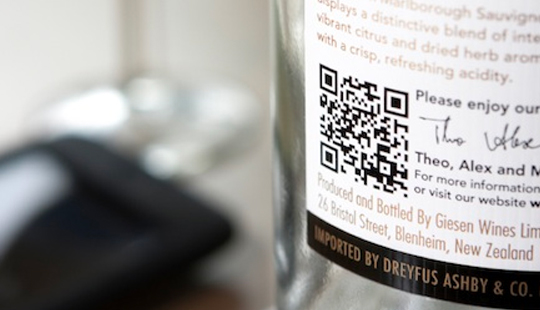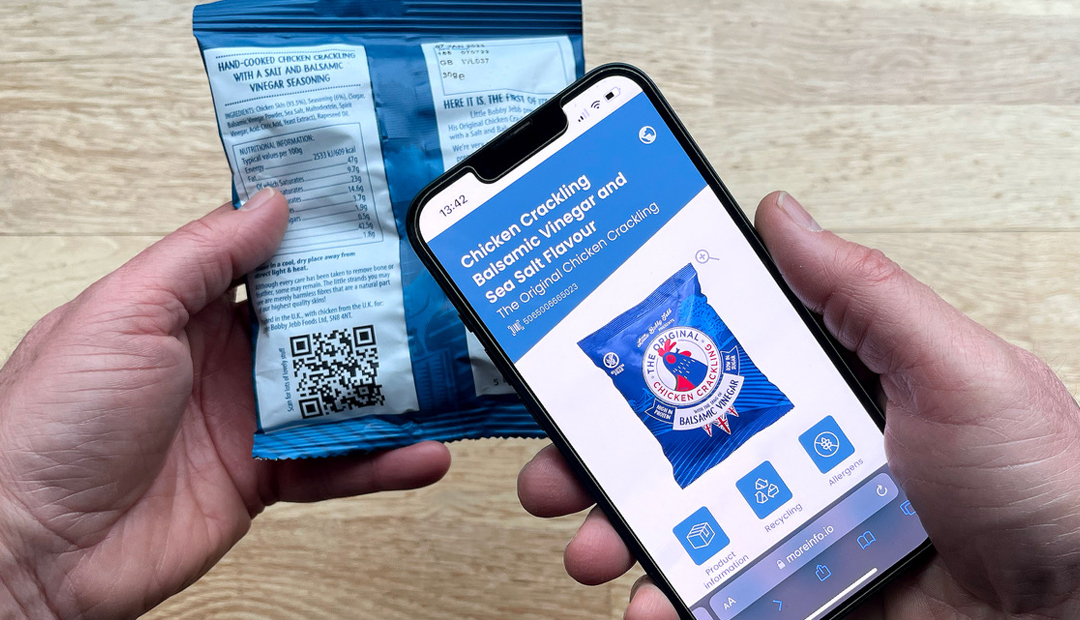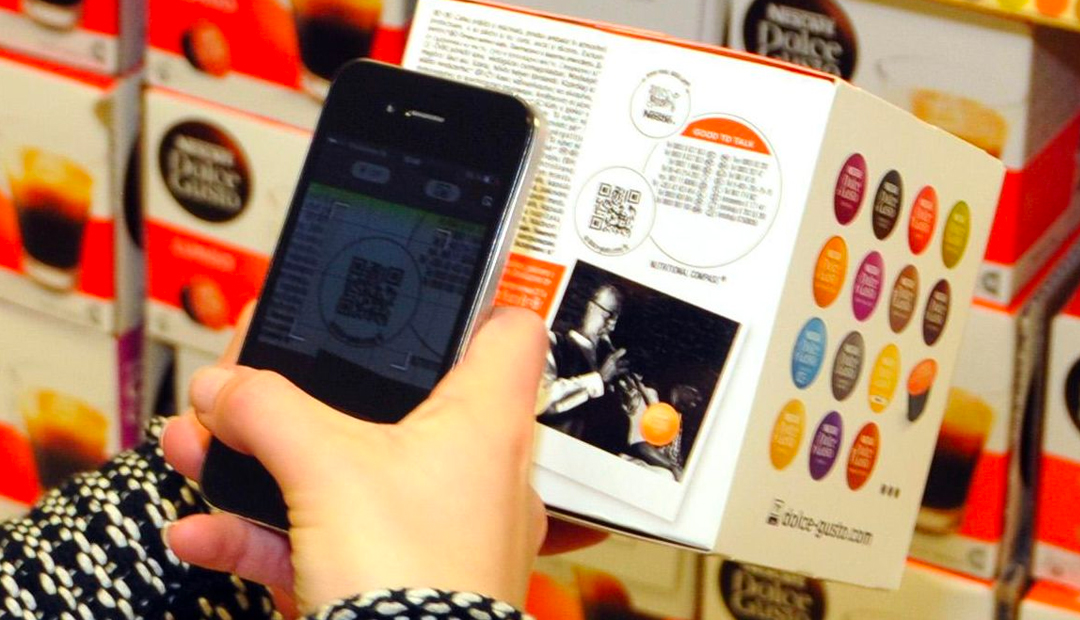On 26 June 1974, history was made when the world’s first ever linear barcode – located on a multipack of Wrigley’s Juicy Fruit chewing gum – was scanned at a supermarket in Troy, Ohio, USA.
What started as a way to help a group of supermarkets check prices at the point of sale (POS) has since become the common standard for powering commerce around the world. While a lot has changed since 1974, linear barcodes are still scanned more than 6 billion times every day and play a vital role across e-commerce channels, from direct-to-consumer (D2C) and business-to-business (B2C) to online marketplaces.
We are living in the era of big data and consumers are increasingly demanding more information about the products they buy, from where it was produced to how best to use and recycle it. Businesses are also becoming overwhelmed by new legislative demands as well as the sheer volume of data that comes from multiple sources in different formats. This means barcodes need to start working harder.

Adapting to a changing world
As a result there has been a dramatic increase in the number of brands utilising additional barcode formats to meet business and consumer needs.
They've responded to the growing demand for more data by adding secondary barcodes to their product packaging. A single product's packaging might include a QR code for consumer-facing applications alongside multiple other data carriers (including linear barcodes, 2D codes, or NFC and RFID tags) for use at POS, internal stock control, or supply chain operations management.
Having multiple barcodes is not only confusing for consumers, it can also cause issues with scanning at POS and takes up valuable space on the packaging. With this in mind, GS1 is helping industry transition to a single, data-rich 2D code that allows everything from warehouse machinery and POS scanners, to specialised apps and smart fridges, to easily obtain information about a product. A single code, which could be used to improve supply chain visibility, ensure product safety, and bring a wealth of information to consumers, both at home and in store.

The power of 2D
You will have seen a 2D barcode before, they can be found on an increasing number of products ranging from food and drink to prescription drugs.
The main benefit of a 2D barcode is that it can hold far more data than its linear predecessor. This can include details such batch and lot numbers, expiry dates and safety information.
The linear barcode has survived a remarkable length of time, but now we have to do more. We have updated the GS1 system to meet the needs of our data-focused world, and this is the aim of the GS1 Digital Link.
GS1 Digital Link is a simple, standards-based structure for encoding information into 2D codes which then allows that information to become part of the web. This allows consumers, retailers, and anyone involved in the wider supply chain to access an array of dynamic, real-time and brand-controlled product information.

With a GS1 Digital Link, identifiers located within a barcode such as a GTIN (Global Trade Item Number – the same number encoded in a linear barcode and used to identify a product at the checkout) become gateways to a range of information about that product.
Because it’s essentially a URL combined with a GS1 identifier it can be encoded in different types of data carriers, but the one which will be most accessible to consumers is the QR code.
2D codes can be scanned using an image-based scanner which will use the GS1 Digital Link to access information about the product. If this is done at POS, the information can be accessed automatically using the GTIN in the same way as a linear barcode; if the scanner is on a consumer’s smartphone, this can be done by connecting the user to a brand-owned web page or app.

Delivering the future
GS1 Digital Link provides a vision for a future. A report from GS1 US revealed that 82 per cent of retailers and 92 per cent of brand owners supported transitioning from the linear barcode to a 2D code within the next five years.
We anticipate that in the future, the linear barcode will be replaced entirely by a single, data-rich 2D code that can be used by everyone to access information tailored to their particular needs.
However, this will not happen overnight as the global retail infrastructure network, which was specifically designed around linear barcodes, will need to be updated and replaced with image-based scanners.
Get started connecting your products
GS1 Digital Link
The GS1 Digital Link standard enables GS1 identifiers to be used as a gateway to online information.
2D barcodes
Now more than ever, consumers are looking for product transparency. Find out how advanced barcodes could power the future of commerce.
Implementation guides and resources
Here are our step-by-step guides on how to connect your products to the digital world.
GS1 Digital Link training
Our Digital Link course will help you understand how you can improve your business operations and connect with consumers like never before.
Get in touch
If you're interested in finding out more about how our standards can transform the way you connect with consumers, please submit your details below and a member of our team will soon be in touch.

